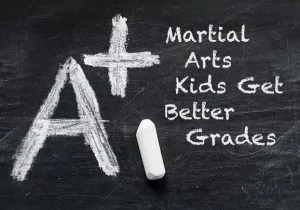grades

August 1, 2023
Martial Arts Boost Grades!
Engaging in martial arts can positively impact a child’s academic performance in several ways. While it might not be a direct cause-and-effect…